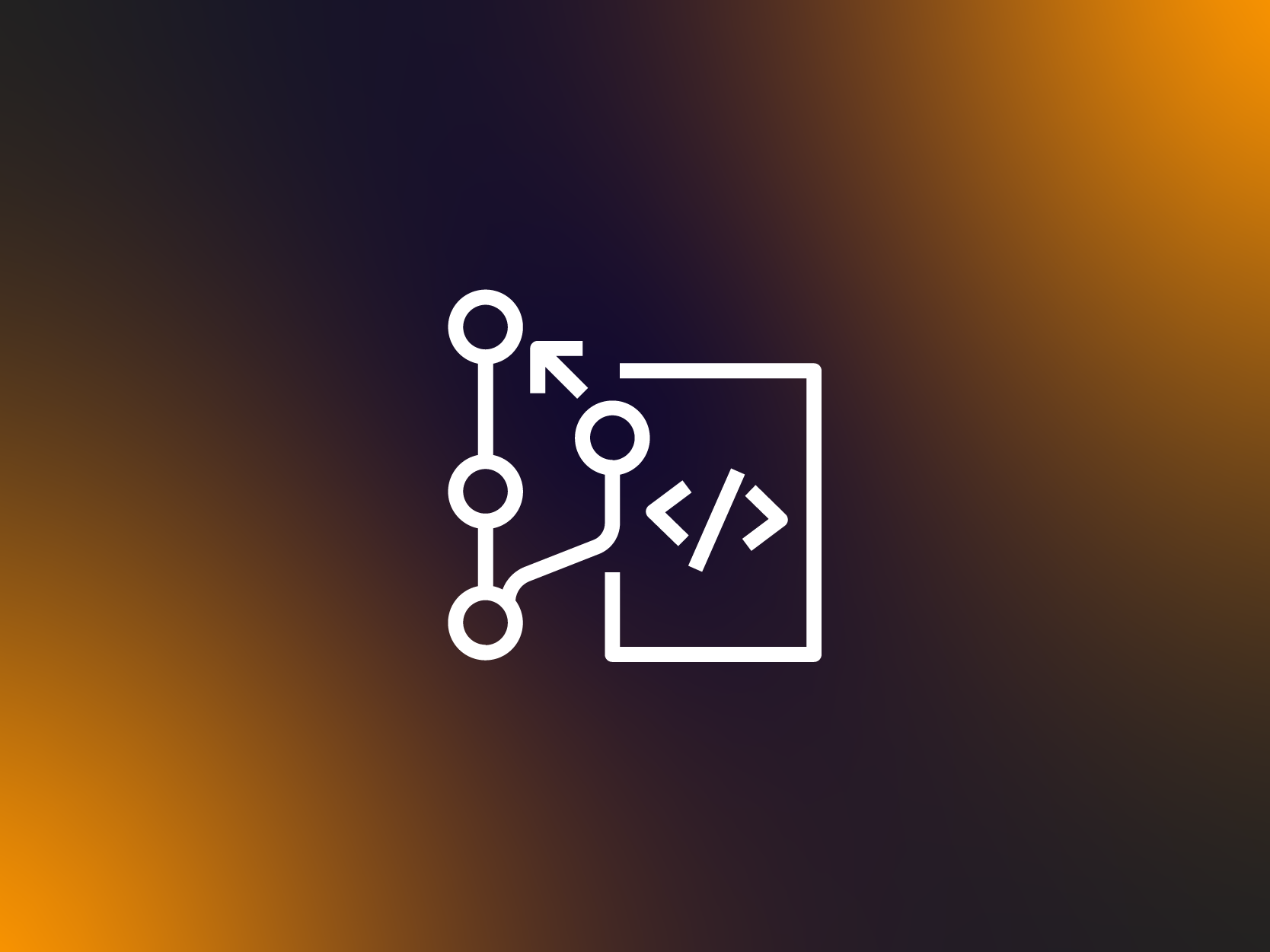AWS data transfer costs in a nutshell
17 December 2025 - 10 min. read
Alessio Gandini
Cloud-native Development Line Manager

In this final article of our 3 part analysis (you can read here the first part and the second part) on how to break down a Monolithic application we will exploit some insights on how a microservice can be created from an existing one, what can we do to solve problems related to legacy code with high toxicity and in general what rules can be applied to decide when to migrate to microservices.
Let’s get started!
In practice when we want to create a microservice we have two development choices:
At first Code porting may seems a logical solution, mainly because the Dev team has a cognitive bias towards its own code BUT it can conceal some critical aspects that have high cost and low value:
So to sum it up always verify if the code you want to reuse has High Intellectual complexity value and Low Toxicity in terms of stickiness and technical debt: this is a good candidate for code extraction and reuse. An example can be a complex recommendation system for a customer with a lot of interactions, personalizations, machine learning algorithms and so on.
Writing new code is a very good approach in the sense that enforce the Dev team and the Business team to review the core logic of the functionality they want to rewrite and thus:
This approach can also be beneficial in the sense that the microservice will probably be delivered faster. An example can be CRUD operations because they don’t contain any intellectual properties and may depend on new technologies and frameworks.
After rewriting most of your application with microservices, you’ll be faced with the remaining of the legacy code for which the domain knowledge is uncertain. In this case, extracting your code and also your data from the data layer can be difficult although we would recommend approaching this part of your infrastructure as fast as possible because decoupling your entire data layer is by far the most important part of your job in migrating towards a microservice-ecosystem.
We can safely say that if your data is somehow coupled you don’t have a real microservice.
A technique that can help you in this process is called Reification, which is a process to redefine context boundaries through the decomposition of uncertain part of logical domain by deconstructing legacy code in well separated and simpler structures which infer from more defined data models as well.
You can also use dependency and structural code analysis tools such as Structure101 to identify the most coupling and constraining factor capabilities in the monolith.
AWS can really help in giving you the instruments for an easy transition to a microservice approach, at least from an infrastructural point of view.
CodeCommit, CodeBuild, and CodeDeploy.
CloudWatch, ElasticSearch with Kibana integration, X-Ray.
CloudFormation.
AWS Lambda Functions and Layers, ECS and AWS Step Functions that coordinate workers.
We talked a lot about how good microservices are and how many benefits you would have by implementing this paradigm but there are some situations in which you may reconsider the idea of switching to microservices.
For example, if you have a small project that will probably not evolve in the future the effort of decoupling it may not be worth as making microservices is, as we have seen, not a simple task at all.
If the application serves a mission-critical function, such as maintaining an irreplaceable legacy database, you are maybe not likely to be able to replace it entirely in a few years, in other words, your strategic team can’t afford a long-term strategy.
Some applications by their nature require tight integration between individual components and services. This is often true, for example, for applications that process rapid streams of real-time data. Any added layers of communication between services may slow real-time processing down.
To sum up what we have said up to this point let us reassume the most important key points of our discussion:
With this summary we end our long journey on how we can deconstruct a big monolithic application in several microservices in order to maintain it better, develop, deploy and eventually recovery it very fast, thus focusing much more on your business value. We hope you enjoyed reading this far.
Satisfied? Feel free to contact us, we will be happy to have a chat!